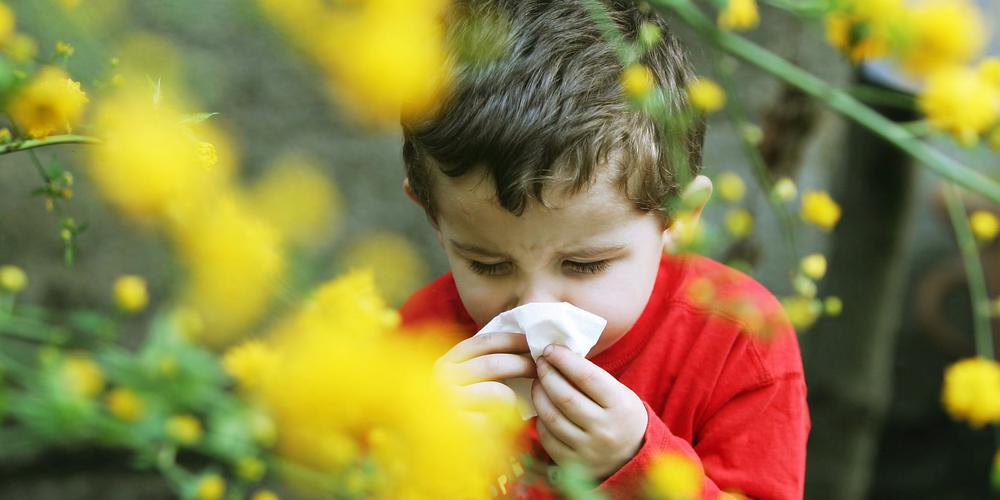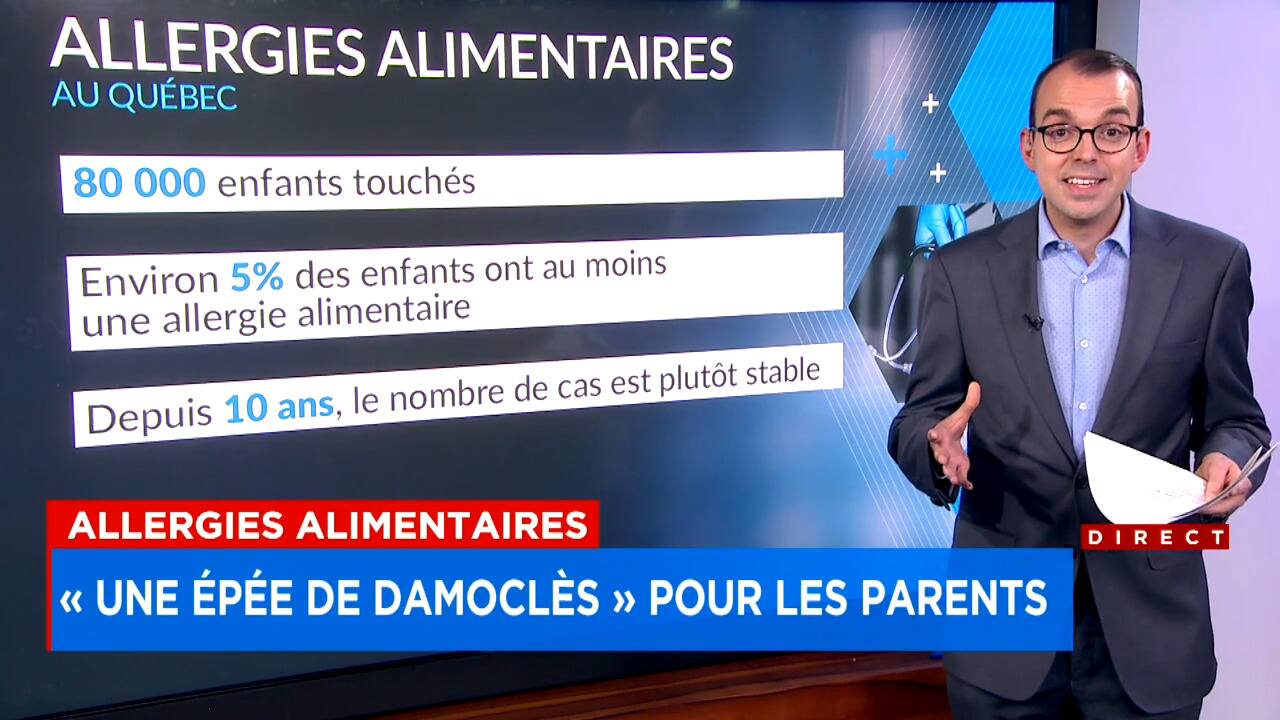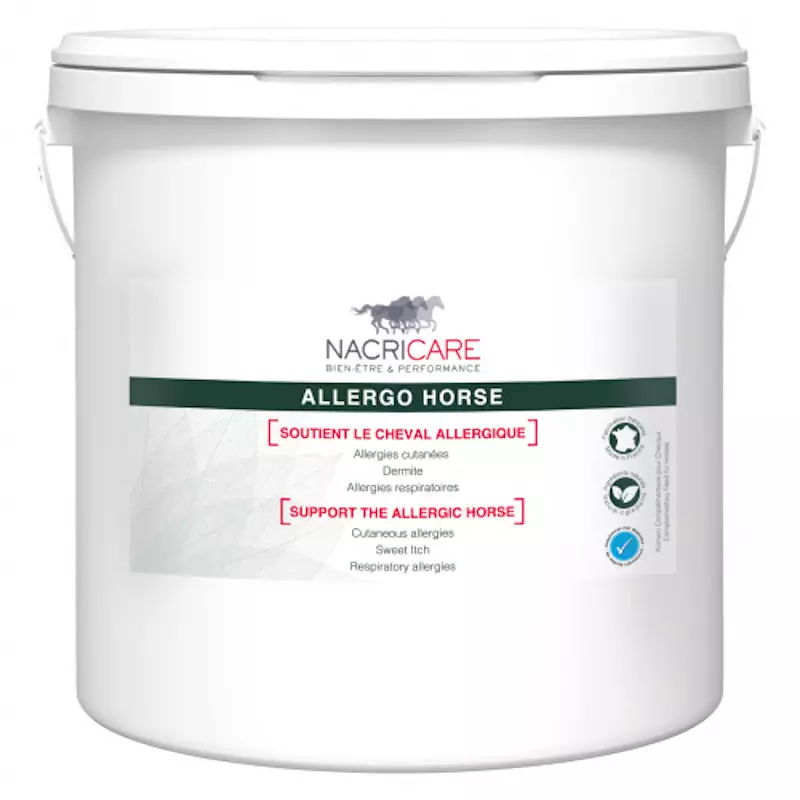There desensitization constitutes a therapeutic approach aimed at reducing the sensitivity of children to allergens. This method generally includes techniques likesublingual immunotherapy and progressive allergen injections. The promising results of these treatments are particularly visible in children suffering from allergic rhinitis or seasonal allergic asthma. Desensitization protocols are based on controlled administration of allergens, allowing progressive adaptation of the immune system. Statistics show an effectiveness rate of approximately 70% for pollen allergies, highlighting the growing interest of these methods in the management of childhood allergies.

There desensitization, also known as allergen immunotherapy, is a therapeutic approach that aims to reduce allergy symptoms in individuals, particularly children. This treatment proves essential in the management of allergies, offering a viable alternative to usual symptomatic treatments. Desensitization is generally divided into two main methods: the sublingual and the way injection, each with its own characteristics, indications and results.
The sublingual method consists of administering allergens under the tongue. This type of treatment is commonly used to treat allergies to pollen and certain dust mites. In this approach, a solution containing a measured dose of allergen is placed under the tongue, where it dissolves and gradually enters the bloodstream. One of the main advantages of this method is its ease of use, allowing children to receive treatment at home, reducing frequent medical visits.
In opposition to the sublingual method, desensitization by injection involves a series of injections administered by a healthcare professional. Typically, treatment begins with allergen injections at very low doses, which are gradually increased over time. This method requires rigorous medical monitoring, especially during the first injections, because allergic reactions can occur. It is essential that the injections are carried out in a medical setting to allow rapid observation and treatment in the event of an adverse reaction.
The injection desensitization process begins with an initialization phase, where the child typically receives six injections over the course of three to four hours, with close monitoring in hospital. Once this initial phase is completed, the injections are spaced out, being given every 7 to 15 days at first, then monthly for an extended period, often up to four years. This approach allows progressively increasing doses of the allergen to be administered, which helps the immune system adapt and reduce its hypersensitivity to this substance.
When it comes to the effectiveness of these methods, studies have shown that desensitization can have a very positive impact on allergy symptoms, with success rates varying depending on the type of allergy being treated. For example, for allergies linked to pollen, studies have found that desensitization can provide up to 70% effectiveness, while for allergies to mites, the results can be even more convincing.
It is important to emphasize that desensitization is not suitable for all children. Before starting desensitization treatment, a precise diagnosis must be established by a doctor specializing in allergology. This diagnosis usually requires skin tests and blood tests to identify the specific allergens responsible for the child’s symptoms. Once a diagnosis is made, the doctor can determine if desensitization is a viable and appropriate option for the child.
Another point to consider is that although desensitization is generally well tolerated, it is not without risks. Side effects may occur, including local reactions at the injection site, itching, or redness of the skin. In rare cases, anaphylactic reactions may occur, making medical supervision crucial during the first treatment sessions. This is particularly true for injection treatments, which is why they must be carried out in an appropriate medical environment.
Furthermore, desensitization requires a long-term commitment on the part of parents and child. Injection or sublingual administration sessions must be followed regularly and diligently to guarantee the effectiveness of the treatment. This follow-up may require a certain number of medical visits as well as proactive management of allergies on a daily basis.
It is also relevant to discuss the new therapies which are developing in the field of allergology, in particular the use of innovative treatments and new formulations which aim to make desensitization even safer and more effective. Some research is looking at faster desensitization methods or using new types of allergens to maximize the immune response without incurring increased risks.
For those wondering about the cost of desensitization treatments, it is essential to consider various factors. The price varies depending on the method chosen, treatment times, as well as where the treatment is carried out. It is recommended to consult the treating physician as well as health insurance recommendations regarding coverage associated with these types of treatments.
In short, desensitization is emerging as a promising therapeutic method in the management of allergies in children. It is based on solid scientific foundations and has demonstrated its effectiveness in many cases. However, its success depends on various conditions: a precise preliminary assessment by a specialist, rigorous administration of the treatment as well as appropriate monitoring to guarantee the safety and effectiveness of the therapeutic course. Parents and caregivers play a vital role in supporting the child through this process.
For more information on allergy treatment or to learn about the latest advances in this area, you can consult the data provided at https://globalsante.org/traitations-de-lallergy-respiratoire-quoi-de-neuf/.

Introduction to desensitization in children
Desensitization, or allergen immunotherapy, is a therapeutic approach aimed at reducing the severity of allergic reactions in children. It can be carried out by different methods, notably the injection of allergens in progressive doses or sublingual administration. This method is effective against various allergies, particularly those due to pollen and dust mites. In this article, we will explore desensitization methods, their effectiveness, and considerations when treating children with allergies.
Desensitization methods
There are mainly two methods of desensitization: by injections and sublingually. The first method involves administering allergen injections under the skin at regular intervals, usually every 8 days initially, then every 15 days and finally monthly. This pattern is maintained for a period of three to five years. The goal is to gradually accustom the immune system to the allergen in question.
The sublingual method, on the other hand, involves placing allergen tablets or drops under the tongue until they dissolve. This method is particularly suitable for children who may be afraid of needles. It is also generally well tolerated and has a good level of effectiveness, particularly for pollen and dust mite allergies.
Effectiveness of desensitization
Desensitization has shown promising results in the treatment of allergies. Around 70% of children treated for pollen allergies experience a significant reduction in their symptoms. Additionally, studies have demonstrated that this therapeutic approach can also decrease the incidence of seasonal allergic asthma in children.
The results are often even more marked in the case of dust mite allergies, where the effectiveness is potentially up to 80%. However, it is essential to note that effectiveness may vary from child to child, depending on the nature of the allergy and the individual reactivity of each patient.
Benefits and Precautions to Consider
Desensitization has several benefits. It not only helps reduce allergy symptoms, but it may also reduce the need for antihistamine medications and other symptomatic treatments. This results in a significant improvement in the quality of life of allergic children.
However, desensitization is not without risks. It is important to supervise children during injection sessions, as there is a risk of allergic reactions, including anaphylactic reactions. Parents should be informed of the signs to watch for and what action to take in the event of an adverse reaction.
Who can benefit from desensitization?
Desensitization is generally recommended for children with allergies confirmed by an allergy specialist. This includes conditions such as allergic rhinitis, asthma, and certain food allergies. Before starting treatment, an accurate diagnosis is crucial to identify the allergens responsible for the symptoms. Young children, even as young as three years old, can benefit from this approach, but the assessment and decision must be personalized to each case.
Desensitization is an effective method for treating allergies in children, but it requires careful planning and medical supervision. Collaboration between parents and doctors is essential to guarantee the best possible follow-up for the child.








